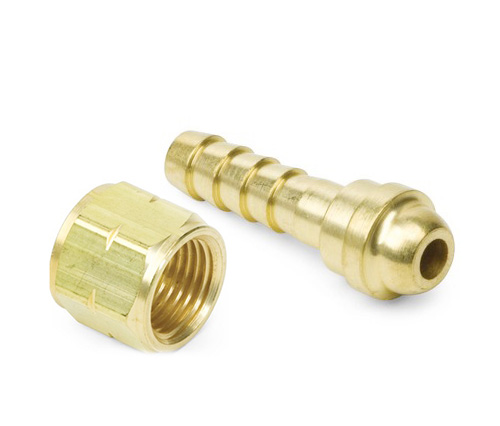Abstract:Transition joint in the specific construction woul...
Transition joint in the specific construction would have to say that the application in the underground diaphragm wall construction method. It is developed along with the creation of deep and large foundation pits of modern large foundation projects, and its work method has been commonly used in water conservancy, hydropower, mining, construction, urban subway, disaster mitigation and prevention, environmental protection and other fields.

In order to meet the development requirements of large foundation projects, underground diaphragm walls are also developing in the direction of deeper and wider. In the construction of underground diaphragm walls, the transition joints and structural nodes of slot sections have been a headache, and the joint construction is divided into the following types: 1. socket milling joints; 2. joint boxes, 3. soft joints, 4. other joints. Set milling joints with two-wheeled milling in the interval of a phase II slot, a single side generally to mill off 20cm of concrete, is a flat joint, the wall connection stiffness is small, the joint baseline is short, the joints may cause water seepage.
In fact, the transition joint box in construction is difficult to meet the full depth requirements, can not occupy the joint space, requiring a large number of sandbags to fill the remaining space. Soft joints made of soft materials such as rubber, which have limited pressure, will deform under the huge pressure of concrete pouring and cannot be used for reinforcement cages without sections to meet the full depth requirement. Other jointing methods can be said to be varied and always have various problems to meet the requirements in construction.